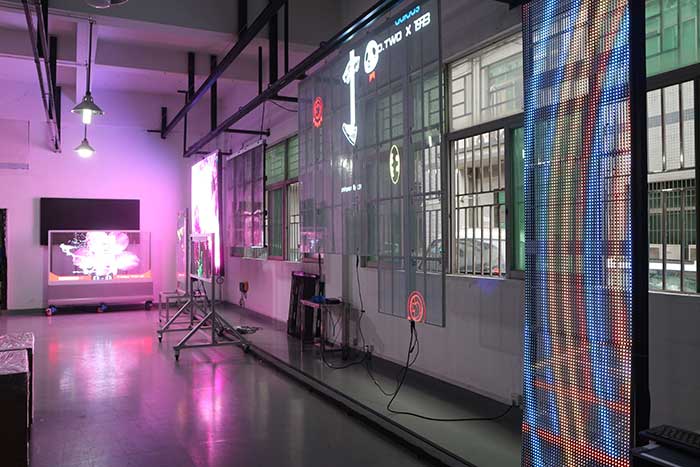With the rapid development of LED display screen technology, LED display screen products have shown diversified development. Nowadays, LED display screens are widely used in various industries. However, for beginners, many professional terms of LED display screens are unfamiliar. So what are the common professional terms of LED display screens?

1. LED brightness
The brightness of a light-emitting diode is generally expressed in Luminous Intensity, in candela cd; 1000ucd (micro candela)=1 mcd (millicandela), 1000mcd=1 cd.
The light intensity of a single LED used indoors is generally 500ucd-50 mcd, while the light intensity of a single LED used outdoors should generally be 100 mcd-1000 mcd, or even above 1000 mcd.
2. LED pixel module
LEDs are arranged into a matrix or pen segments, prefabricated into standard sized modules. The commonly used indoor display screens include 8 * 8 pixel modules and 8-character 7-segment digital modules.
The outdoor display screen pixel module comes in specifications such as 4 * 4, 8 * 8, and 8 * 16 pixels. The pixel module used for outdoor display screens is also called a manifold module because each pixel consists of two or more LED tube bundles.
3. Pixel and pixel diameter
Each LED emitting unit (point) in an LED display screen that can be individually controlled is called a pixel (or pixel). Pixel diameter Å refers to the diameter of each pixel, measured in millimeters.
4. Resolution
The number of rows and columns of pixels in an LED display screen is called the resolution of the LED display screen. Resolution is the total number of pixels in a display screen, which determines the information capacity of a display screen.
5. Grayscale
Grayscale refers to the degree to which the brightness of a pixel changes, and the grayscale of a primary color generally ranges from 8 to 12 levels. For example, if the grayscale of each primary color is 256 levels, for a dual primary color screen, the display color is 256 × 256=64K colors, also known as the 256 color display screen.
6. Dual primary color
Nowadays, most color LED displays are dual primary color screens, where each pixel has two LED cells: one is a red cell and the other is a green cell.
When the red light tube core is lit, the pixel is red, when the green light tube core is lit, the pixel is green, and when both red and green tube cores are lit at the same time, the pixel is yellow. Red and green are referred to as the primary colors.
7. Full color
The combination of red and green dual primary colors and blue primary colors forms full color. Due to the mature technology of forming full color blue tubes and pure green tube cores, full color is generally used on the market.
